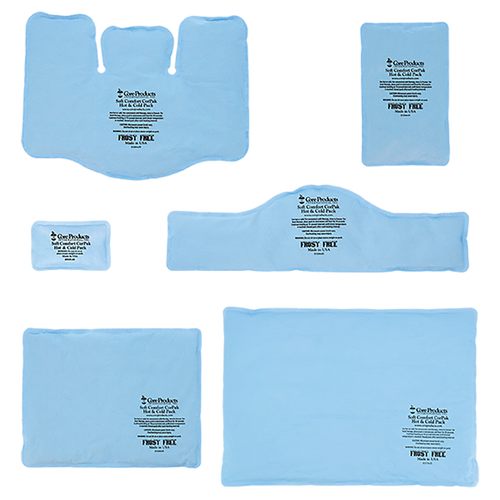

14 Essentials for Your Home First Aid Kit
By Brian Acton
Whether you have a big family or you live alone, a first aid kit is important to keep around in case of an injury or medical emergency. You don’t want to be hunting around for medical supplies after an injury occurs - having everything you need in one easily accessible place is essential.
It’s a good idea to keep a first aid kit at home and in your car just in case. Here are fourteen essentials to put in your first aid kit.
- First Aid Manual - A good first aid manual will contain detailed instructions (with pictures) for dealing with many common injuries. This manual can help you learn about basic first aid procedures and supplies so you’re properly dealing with the medical issue at hand.
- Emergency Phone Numbers - In the case of an emergency, you may need to know more than 9-1-1 - the Poison Control hotline and Animal Control hotline are additional numbers you should have available. You’ll also want the phone numbers of physicians and your health insurance provider on hand, as well as how to reach emergency contacts. Even if you have these numbers stored in your phone, someone else may need to access them if you’re unable to do so, so keeping them written down in your first aid kit is a good idea.
- Adhesive Bandages - The staple of many first aid kits, adhesive bandages can help protect minor cuts, scrapes, and wounds, keeping them dry and safe from infection and helping them heal. No first aid kit is complete without them - remember to stock a few different sizes.
- Bandages - A good first aid kit will have a few types of bandages:
- Gauze bandages come on a roll and can be applied directly to wounds or used to wrap injuries and hold dressings in place.
- Triangle bandages can be used in an arm sling or pad to immobilize an injury and provide additional padding.
- Compression bandages and wraps can be used to reduce swelling and stabilize an injury by applying pressure. They can also hold supplies such as cold and hot packs in place.
- Adhesive Cloth Tape - Secure gauze bandages and wound covers in place with adhesive cloth tape, which tears easily and adheres to the skin to hold dressings in place.
- Antiseptic Wipes - Antiseptic wipes are a must when it comes to cleaning and sanitation. They can clean wounds, sanitize the skin and help keep the injured area clean and free of infection.
- Hydrocortisone Cream - Hydrocortisone cream can treat itching and relieve minor irritation of the skin due to eczema, allergic reactions, and other skin issues.
- Splints - Splints for first aid kits come in many different varieties. One good option is a padded splint, which can be rolled up during storage, then unrolled and molded to fit an injury. In the case of an injury to the arms, wrists, lower legs, ankles, or neck, splints can be used to stabilize the injury and prevent further damage while the injured person is transported to receive further treatment.
- Oral Thermometer - An oral thermometer can help you quickly determine when somebody is running a fever.
- Tweezers - Tweezers can be used to efficiently pick up or extract small items that are difficult to handle using only your hands - for example, removing a splinter or a piece of glass from under the skin.
- Scissors - Scissors are a multi-purpose tool that can help you cut bandages and tape when dressing wounds or stabilizing injuries, and they can cut away clothes to expose injured areas. You may want a pair of bandage scissors for cutting bandages and regular scissors for other uses.
- Non-Latex Gloves - Gloves can reduce your exposure to bodily fluids or any infectious material when you treat an injury and help prevent you from transferring bacteria to someone else. They’ll also help you avoid slipping when you work on a messy wound. Always buy non-latex gloves as some people are allergic to latex.
- OTC Pain Medication - Every first aid kit should have over-the-counter pain medication for minor pain relief. Some pain relievers such as acetaminophen, ibuprofen, and aspirin can also help to reduce fever.
- Hot/Cold Packs - Hot and cold packs have many useful applications for first aid. They can help relieve headaches and reduce swelling that results from strains, sprains, and soft tissue injuries. They can also aid in muscle relaxation, reduce pain, and promote healing.


